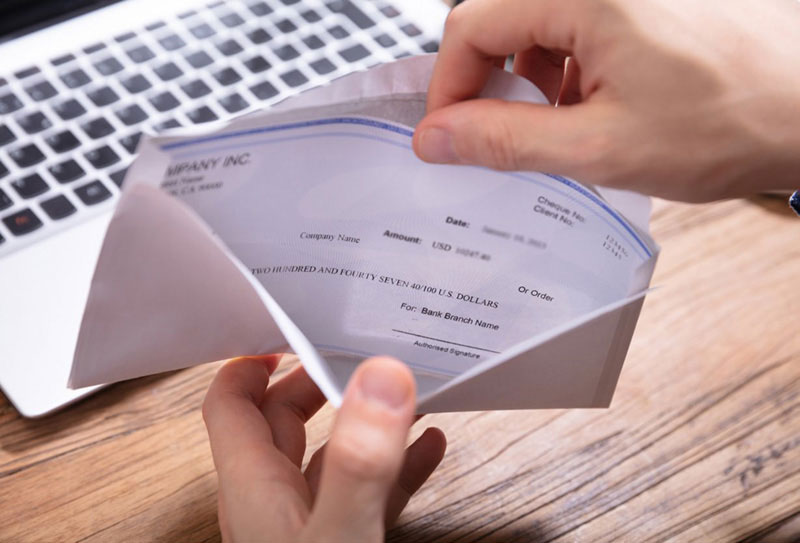
On April 3, 2020, the Small Business Association provided clarification on several questions related to the new Paycheck Protection Program. The new loan program is available to small businesses and independent contractors as part of the Coronavirus Aid, Recovery and Economic Security Act. It’s important to apply as soon as possible because they are “first come, first served” and there’s no guarantee how long the funding will remain available.
Please Note: This guidance isn’t exhaustive. The SBA already indicated that it intends to promptly issue additional guidance.
Overview: The new PPP is an expansion of the SBA’s traditional 7(a) loan program. PPP loans are intended to provide an incentive to qualifying employers to keep employees on the payroll and rehire employees who have already been laid off. PPP loans are available for the coverage period of Feb. 15-June 30, 2020. The loans are forgiven if used to maintain payroll at precrisis levels during the eight weeks following disbursement of the loan.
Limits on use of loan proceeds: Seventy five percent of the loan amount must be used for payroll costs. If the business owner is an independent contractor or sole proprietor, this can include their compensation, up to $100,000 annually. This means that employers can only use 25% of the loan amount for qualifying mortgage interest, rent or other qualifying nonpayroll costs.
Using funds for independent contractors: Sole proprietorships, independent contractors and self-employed individuals are also eligible to apply for and receive a PPP loan. For this reason, independent contractors don’t count as employees for purposes of PPP loan calculations for other businesses.
Unauthorized purposes: If a borrower uses PPP funds for unauthorized purposes, the SBA will direct the borrower to repay those amounts. If an employer knowingly uses funds for unauthorized purposes, they will be subject to additional liability such as charges for fraud. If a shareholder, member or partner of the borrower uses PPP funds for unauthorized purposes, the SBA will have recourse against such person for the unauthorized use.
Loan maturity: For any portion of the loan that isn’t forgiven, there is a two-year maturity date at 1% interest rate with a six-month payment deferral, but interest will accrue during that period.
Interaction with an Economic Injury Disaster Loan between Jan. 31-April 3, 2020:
Employers may also consider applying for the modified Economic Injury Disaster Loan program. Since the PPP limits the amount of the loan that can be used for qualifying mortgage interest, rent or other qualifying nonpayroll costs, an EIDL for nonpayroll costs might be an appropriate choice depending on the business needs.
Applications and documentation: PPP loans are available through financial institutions certified as a 7(a) lender rather than directly from the SBA. Borrowers must submit SBA Form 2483 (Paycheck Protection Program Application Form) and payroll documentation. Payroll documentation can include payroll processor records, payroll tax filings, Form 1099-MISC, or income and expenses from a sole proprietorship. If the borrower doesn’t have such records, the borrower must provide other supporting documentation, such as bank records, that are sufficient to demonstrate the qualifying payroll amount.
Ask your bank or financial institution if they are a certified 7(a) lender to begin the process.
For more information:
Information herein is intended to provide general guidance and does not constitute legal, tax, or accounting advice regarding any specific situation. Aflac cannot anticipate all the facts that a particular employer or individual will have to consider in their benefits decision-making process. Aflac herein means American Family Life Assurance Company of Columbus and American Family Life Assurance Company of New York.